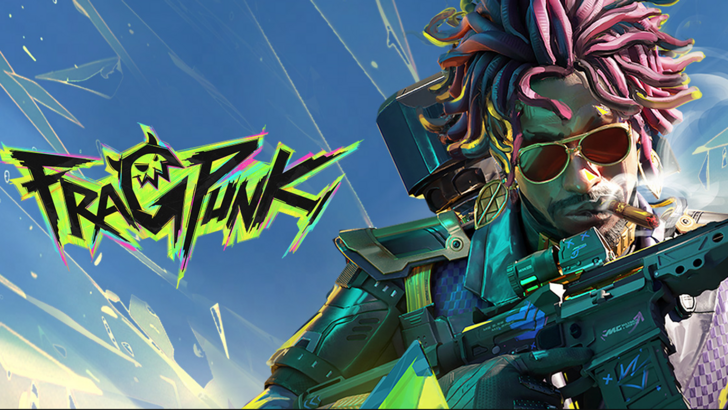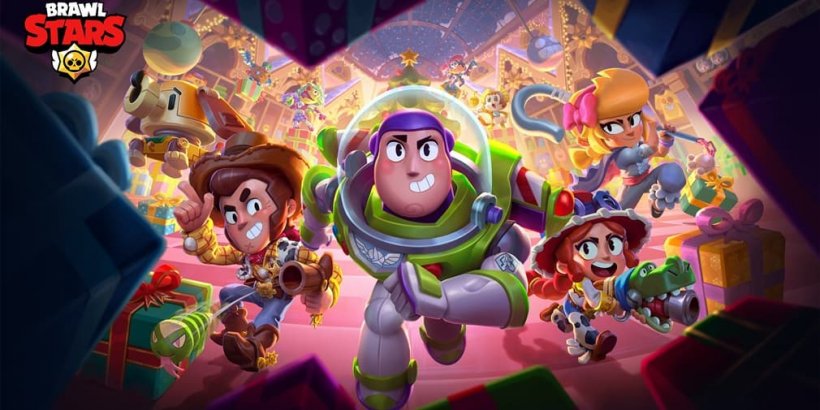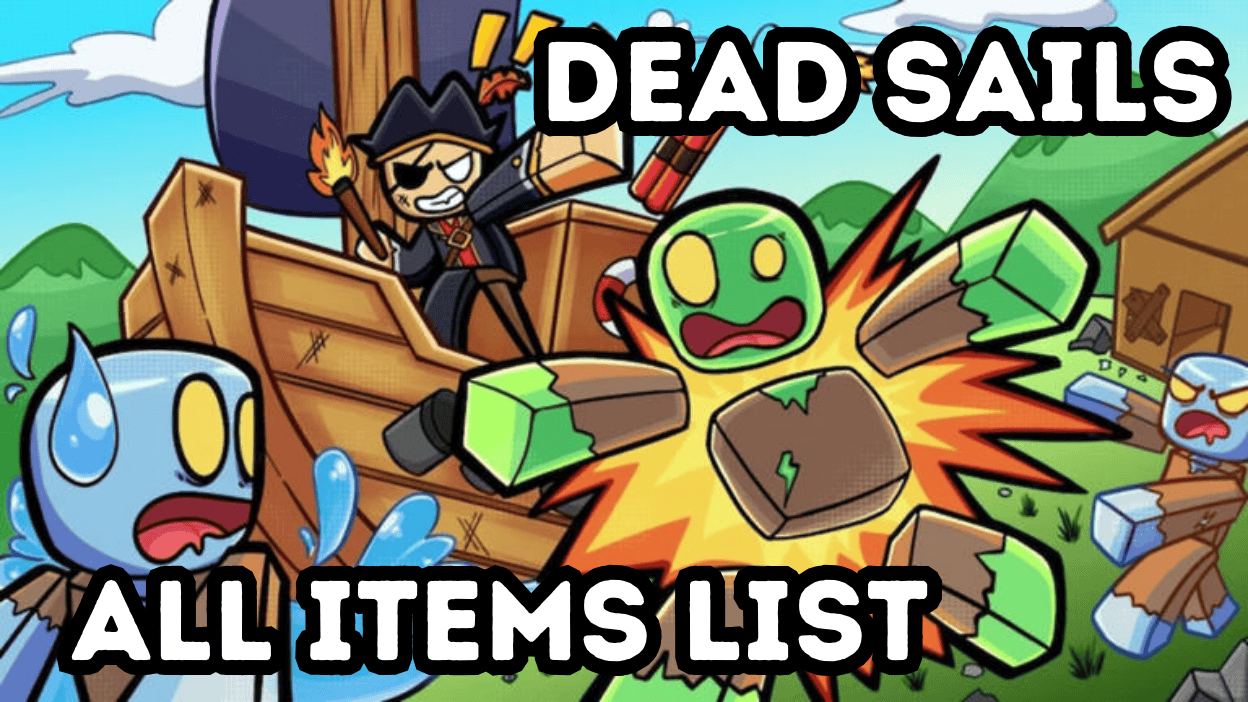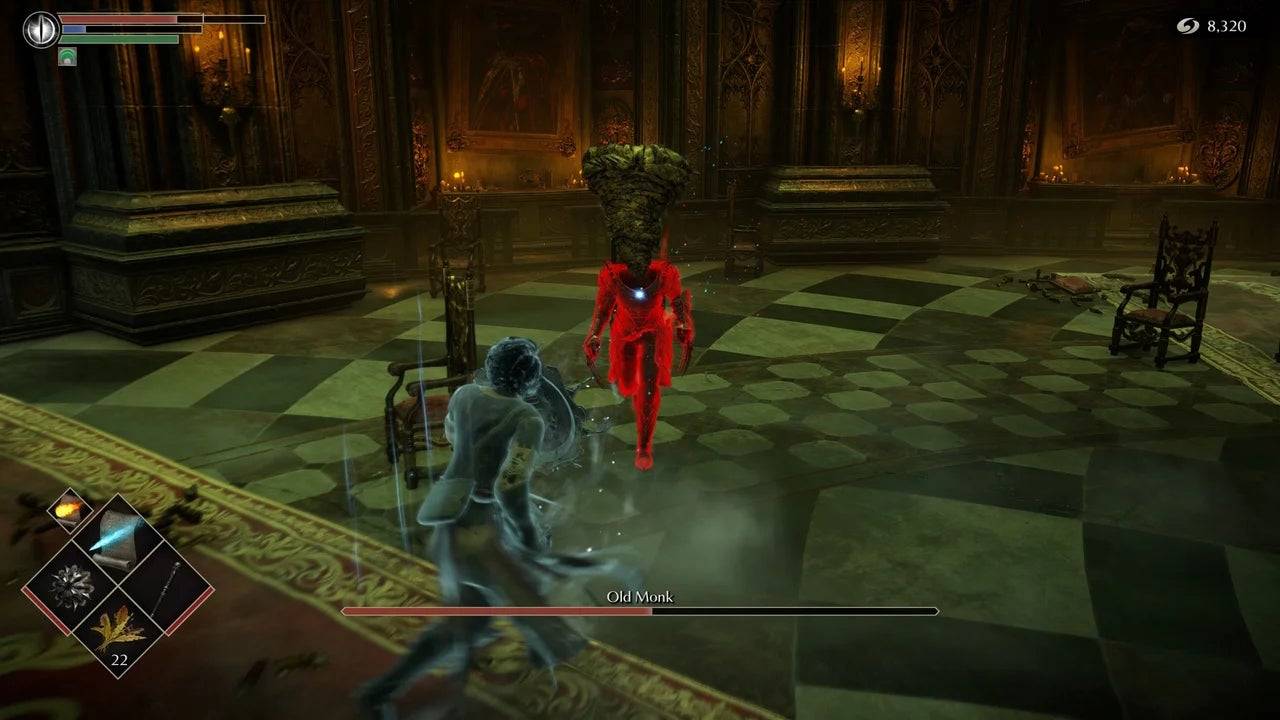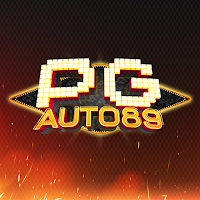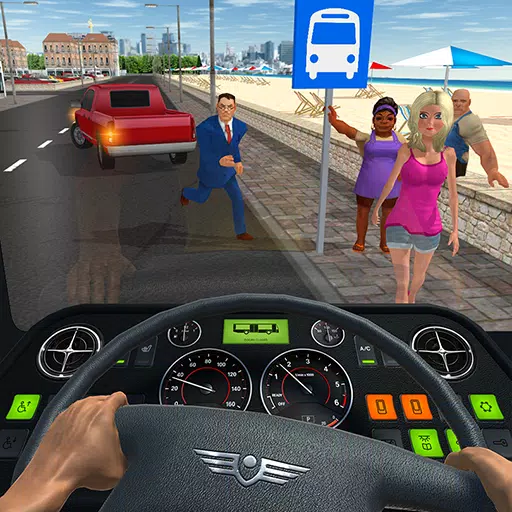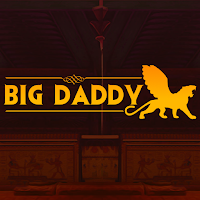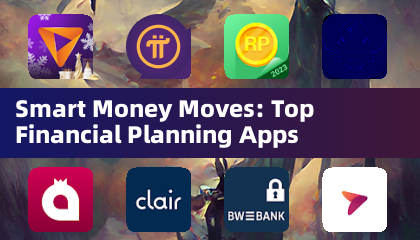The announcement of the Nintendo Switch 2's $450 USD price tag certainly raised eyebrows, given its higher cost compared to previous Nintendo consoles. This increase can be attributed to rising production costs and economic factors such as tariffs, with analysts forecasting a minimum price of $400 USD. However, the real surprise came with the pricing of Switch 2 games, which not only align with the new $70 USD standard for new releases but can reach up to $80 USD for titles like Mario Kart World. When you factor in the cost of various accessories necessary for the full Switch 2 experience, the total investment becomes quite significant.
But how does the Switch 2's price compare when adjusted for inflation against Nintendo's past consoles? And how does it stack up against other gaming systems? Let's dive in and see.
Nintendo Switch 2 Price Vs Previous Nintendo Consoles
NES
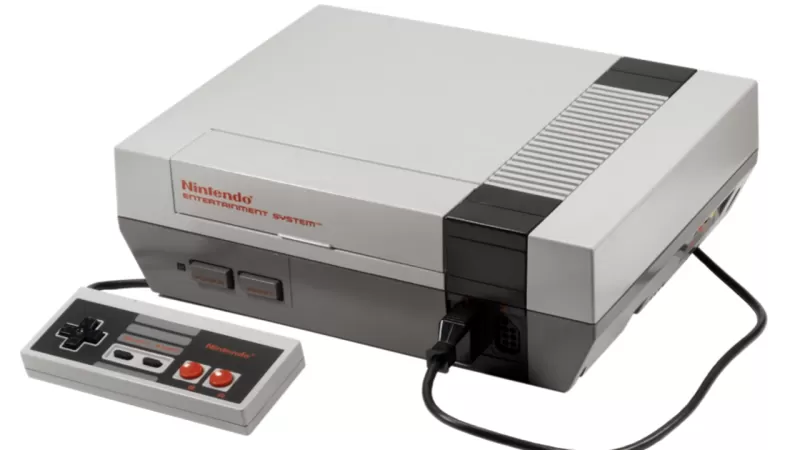
The NES, launched in 1985 at $179 USD, would cost a staggering $523 USD today after adjusting for inflation. That's quite a jump from its original price!
SNES
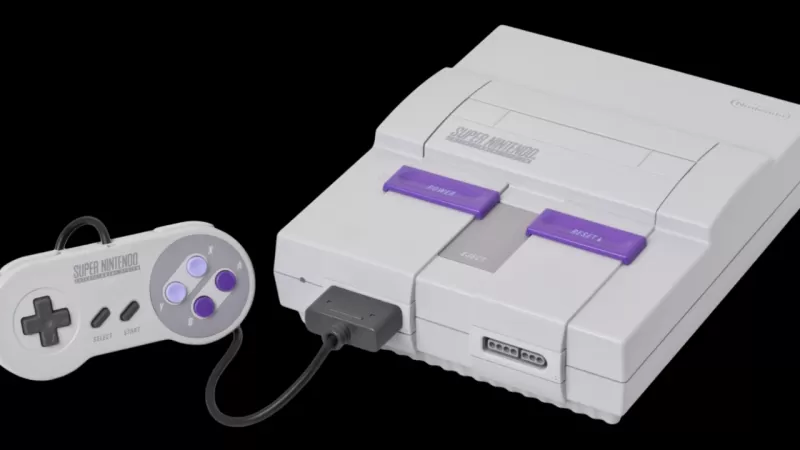
Following in 1991, the SNES was priced at $199 USD. Adjusted for inflation, it would set you back $460 USD in 2025, showing a significant increase from its initial cost.
Nintendo 64
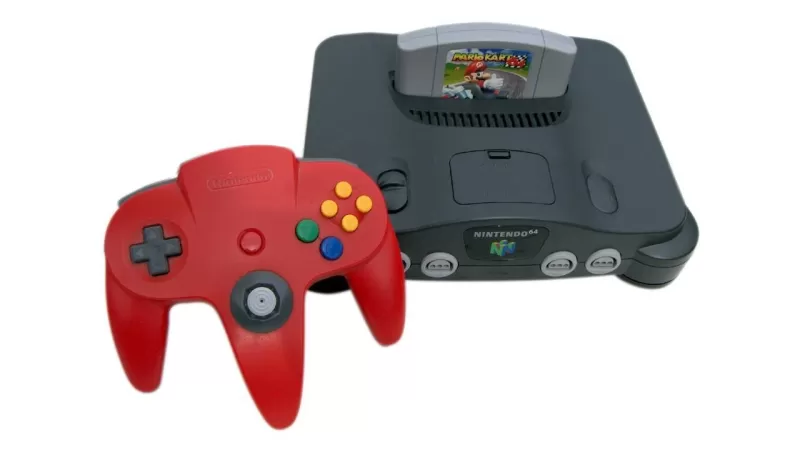
The Nintendo 64, marking a significant leap into 3D gaming in 1996, was also priced at $199 USD. In today's dollars, that's equivalent to $400 USD, reflecting the impact of inflation over time.
Nintendo GameCube

Released in 2001, the GameCube's launch price was $199 USD. With inflation, that translates to $359 USD in today's terms. Notably, GameCube games will be accessible on the Switch 2 via the Nintendo Switch Online classic library.
Wii
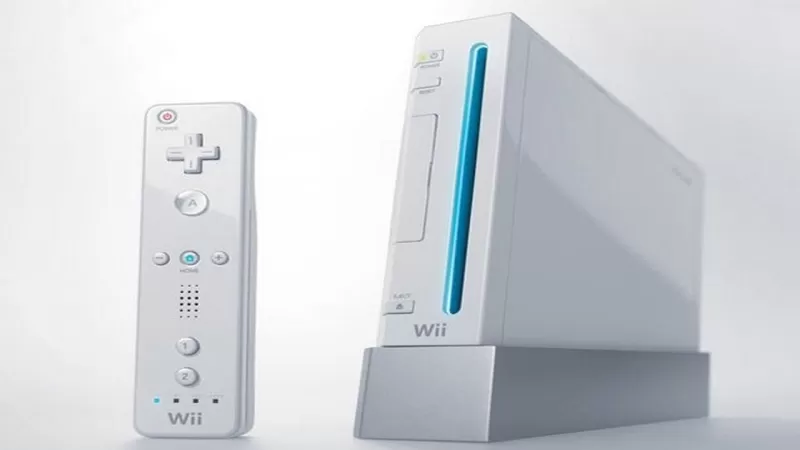
The innovative Wii, released in 2006, hit the market at $249 USD. Adjusted for inflation, it would be around $394 USD in 2025, showing how the Wii's unique motion controls became a global hit despite its higher initial cost.
Wii U

The Wii U, launched in 2012, was priced at $299 USD. In today's dollars, that's $415 USD, making it closer in price to the Switch 2 than one might expect.
Nintendo Switch

The highly successful Nintendo Switch was released in 2017 at $299 USD. Adjusted for inflation, it would cost $387 USD in 2025, still cheaper than the Switch 2 when it launches on June 5.
Considering these comparisons, the original NES stands out as the most expensive Nintendo console when adjusted for inflation. Does this make the Switch 2's price more palatable? Probably not.
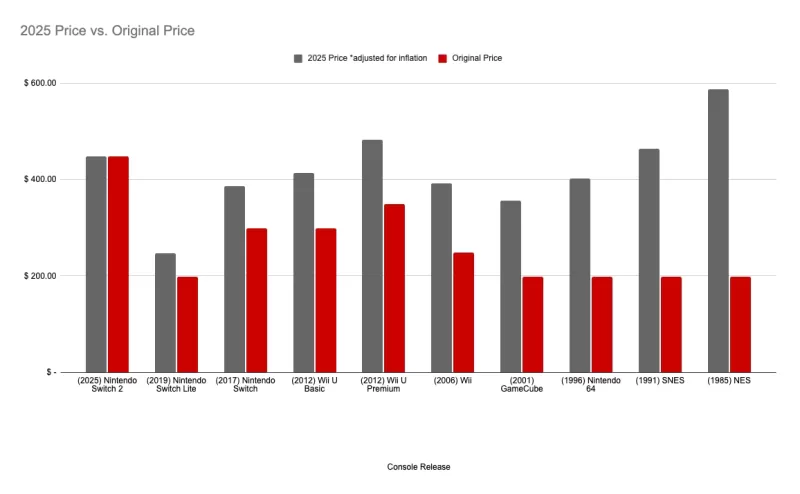
But what about the games?
While the Switch 2's console price was anticipated by analysts, the pricing of its games was a notable surprise. Games like Mario Kart World are priced at $80 USD, while others such as Donkey Kong Bananza come in at $70 USD (or $65 digitally).
It's challenging to draw direct comparisons with the earliest NES cartridges due to the wide variation in game prices back then. In the early '90s, an NES game could cost anywhere from $34 USD to $45 USD, which, adjusted for inflation, would be between $98 USD and $130 USD today. Despite this, many believe that game prices could rise even further.
The Switch 2's pricing falls on the higher end of Nintendo's historical range, surpassed only by the NES and SNES. This increase can be attributed to real-world economic factors, as evidenced by the lower, region-locked Switch 2 price for Japan at 49,980 JPY, which is approximately $340 USD.
How Switch 2's Price Compares to Other Consoles
Comparing the Switch 2 to other consoles, we see some interesting figures:
PlayStation 2

The PlayStation 2, launched in 2000 at $299 USD, would cost $565 USD today after adjusting for inflation. It remains the best-selling console of all time.
Xbox 360

The Xbox 360, released in 2005 at $299 USD, would be priced at about $500 USD in 2025.
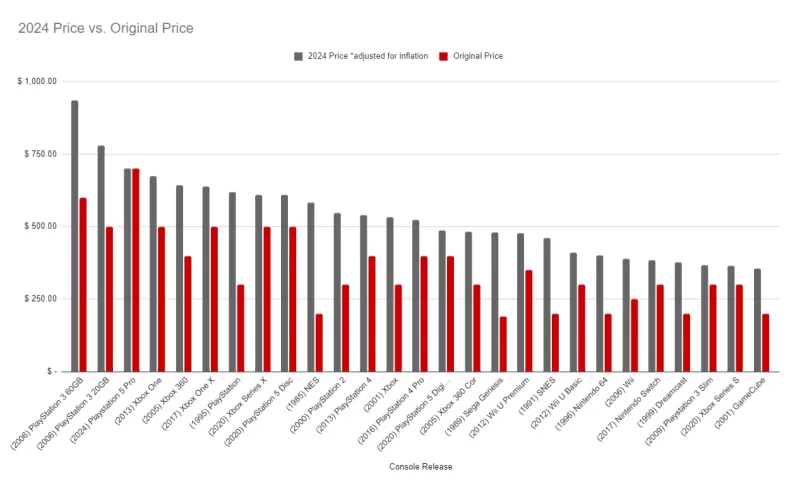
In conclusion, the Switch 2's price, while higher than its immediate predecessor, fits within the broader context of gaming console pricing when adjusted for inflation. For more insights, check out IGN's hands-on with the Switch 2, reviews of games like Mario Kart World, and discussions with analysts on the factors driving these costs.

